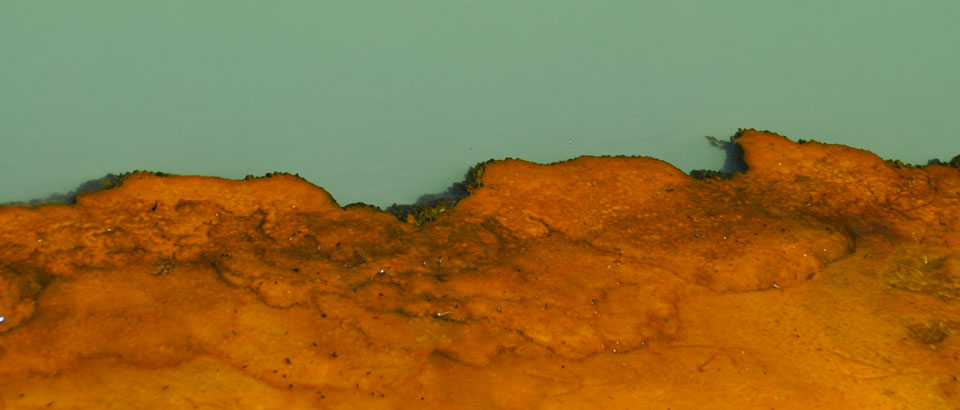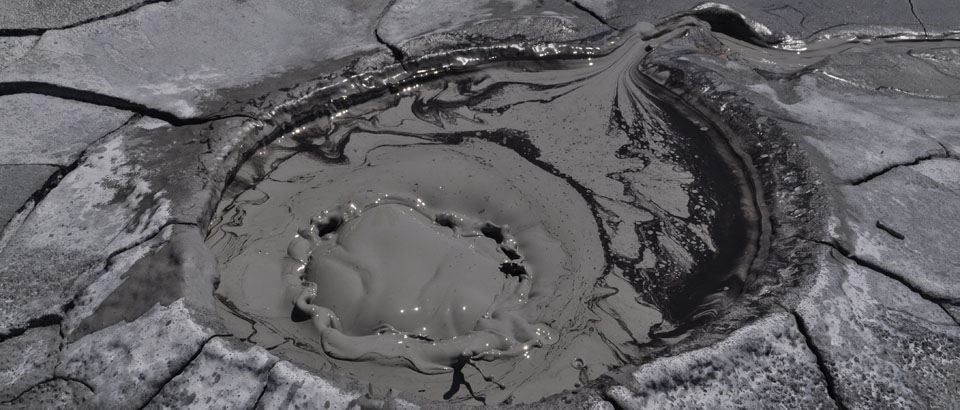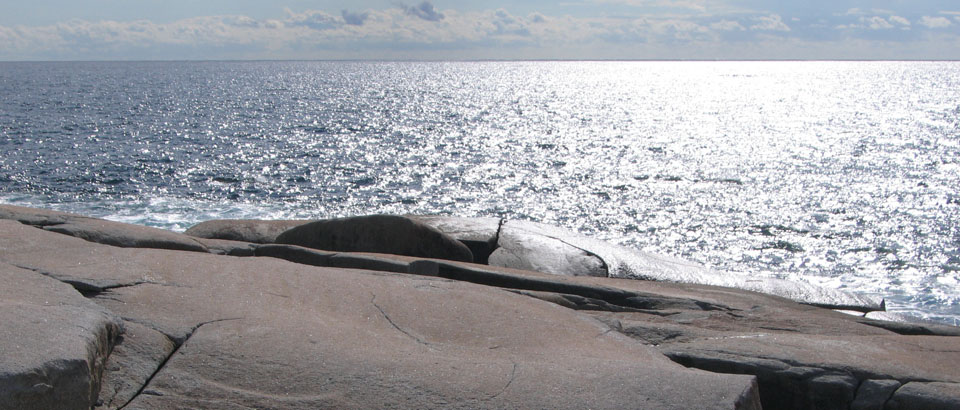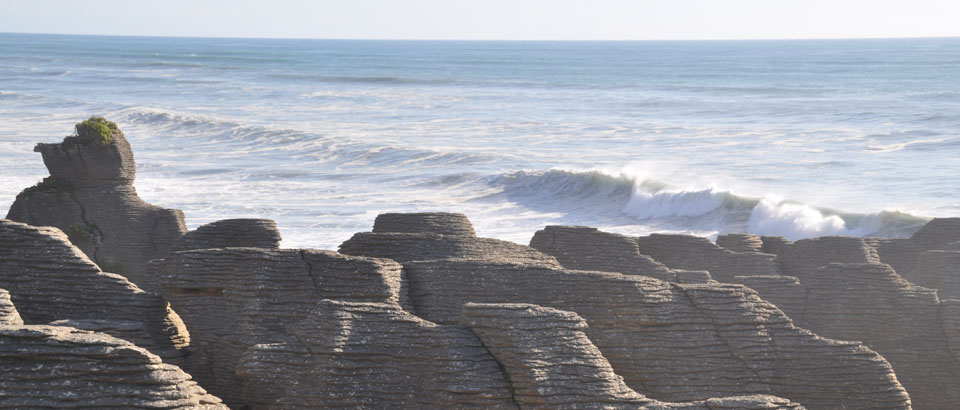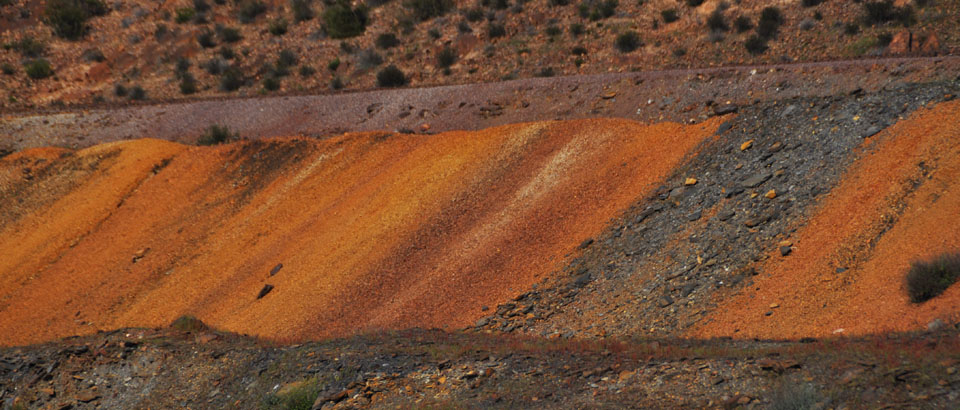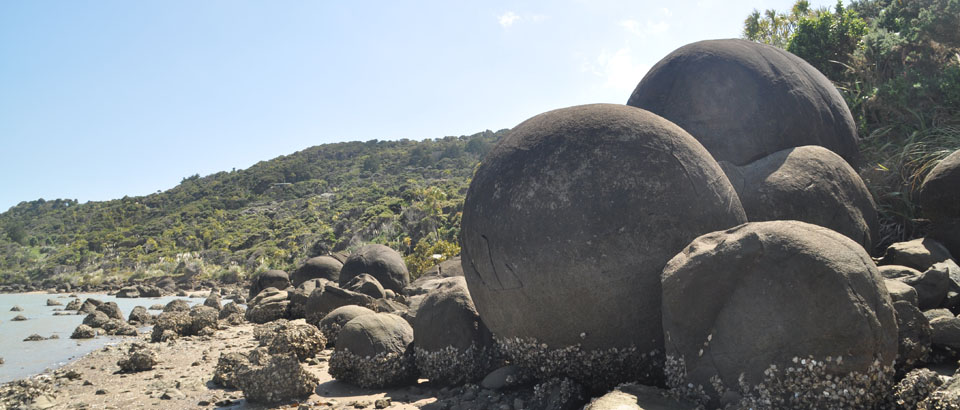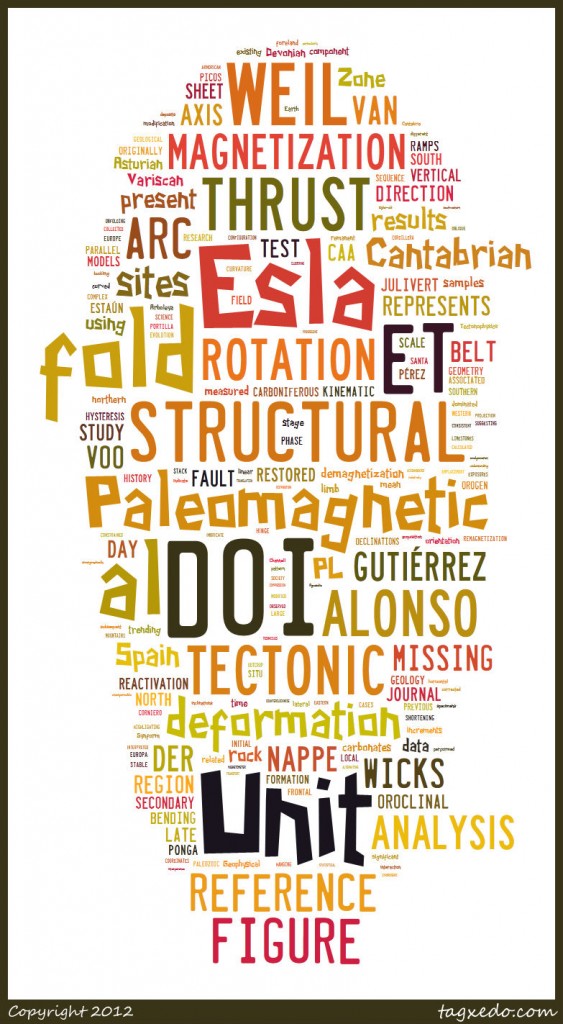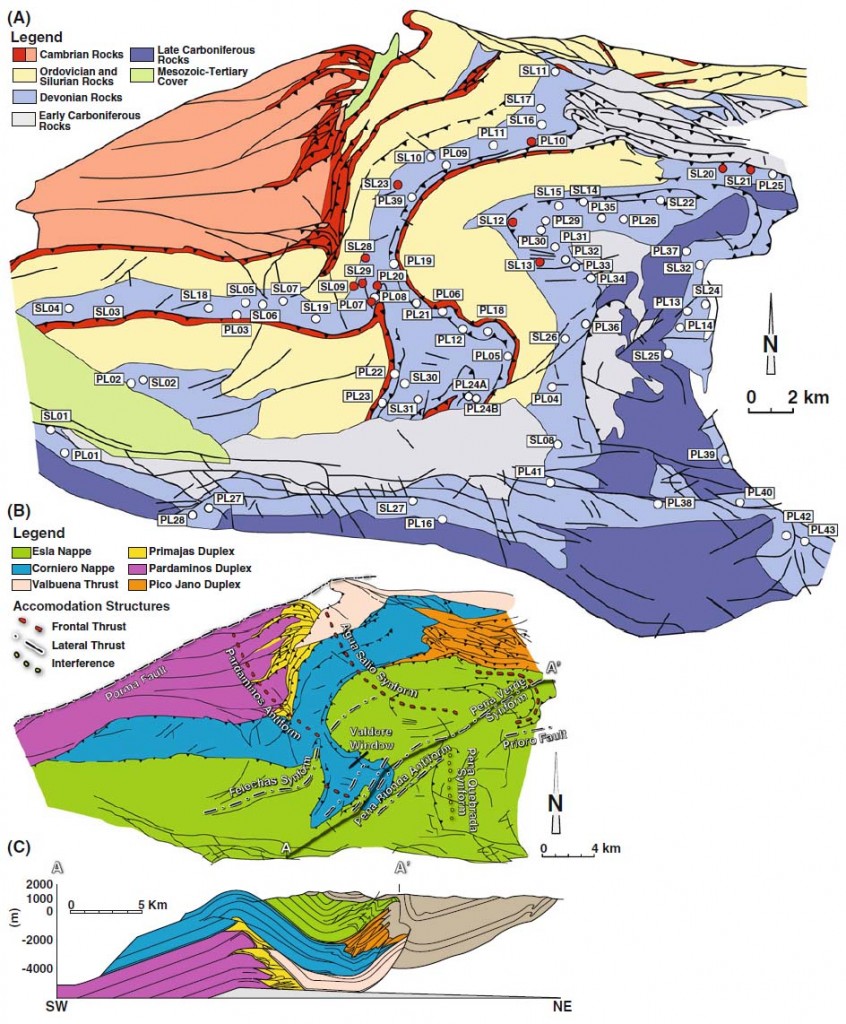Investigating the kinematics of local thrust sheet rotation in the limb of an orocline: a paleomagnetic and structural analysis of the Esla tectonic unit, Cantabrian–Asturian Arc, NW Iberia. A. B. Weil, G. Gutiérrez-Alonso, D. Wicks. 2013, International Journal of Earth Sciences, 102, 43-60 DOWNLOAD:DESCARGAR
ABSTRACT
The Esla tectonic unit lies along the southern boundary of the Cantabrian–Asturian Arc, a highly curved foreland fold-thrust belt that was deformed during the final amalgamation of the Pangea supercontinent. Previous structural and paleomagnetic analyses of the Cantabrian–Asturian Arc suggest a two-stage tectonic history in which an originally linear belt was bent into its present configuration, creating an orocline. The Esla tectonic unit is a particularly complex region due to the interaction of rotating thrust sheets from the southern limb of the arc and the southward-directed thrusts of the Picos de Europa tectonic domain during late-stage north–south shortening and oroclinal bending. These structural interactions resulted in intense modification of early-phase thin-skinned tectonic structures that were previously affected by a deeper out-of-sequence antiformal stack that passively deformed the early thrust stack. A total of 75 paleomagnetic sites were collected from the Portilla and Santa Lucia formations, two carbonate passive-margin reef platform units from the middle Devonian. Similar to other regions of the Cantabrian–Asturian Arc, Esla Unit samples carry a secondary remanent magnetization that was acquired after initial thrusting and folding of Variscan deformation in the late Carboniferous. Protracted deformation during late-stage oroclinal bending caused reactivation of existing thrust sheets that include the Esla and younger Corniero and Valbuena thrusts. When combined with existing structural data and interpretations, these data indicate that the present-day sinuosity of the Esla Unit is the consequence of both secondary rotation of originally linear features in the western Esla exposures (e.g., frontal thrusts), and secondary modification and tightening of originally curvilinear features in the eastern Esla exposures (e.g., hanging-wall lateral/oblique ramps). Differences in structural style between the Esla and other tectonic units of the arc highlight the complex kinematics of oroclinal bending, which at the orogen-scale buckled an originally linear, north–south (in present-day coordinates) trending Cantabrian–Asturian thrust belt during the final stages of Pangea amalgamation.


